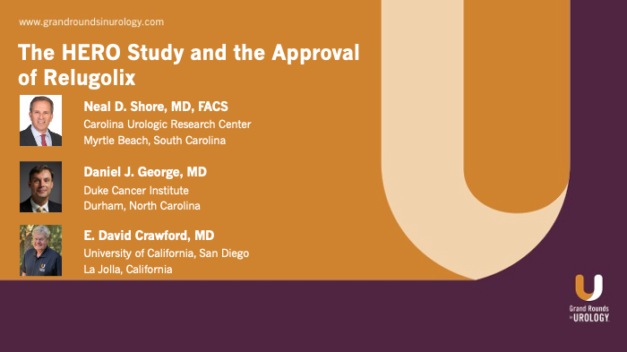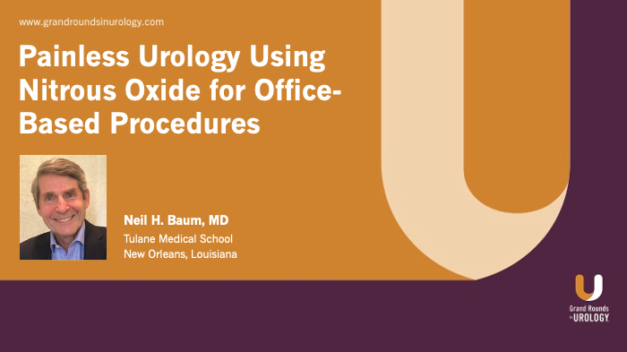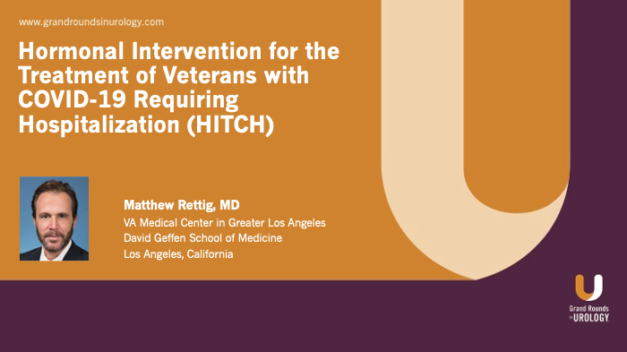Overall Survival with Sipuleucel-T in Patients Treated for Advanced Prostate Cancer
Rana R. McKay, MD, Associate Professor of Medicine at the University of California, San Diego, and Co-Leader of the Genitourinary Oncology Disease Team at the Moores Cancer Center, discusses the results of a study that compared the efficacy of first-line and any-line sipuleucel-T to that of novel hormonal agents in Medicare beneficiaries with metastatic castration-resistant prostate cancer (mCRPC). The intent of the study was to see how the use of sipuleucel-T, which has been available for just over a decade and was the first autologous vaccine approved for a solid tumor, might be impacted by the introduction of so many new therapies for mCRPC in the last 10 years. Dr. McKay explains that the results show that, for the population studied, use of sipuleucel-T, both as first-line and any-line therapy, results in a statistically significant improvement in overall survival compared to patients who never received sipuleucel-T and were instead treated with other novel hormonal agents. Following her presentation, E. David Crawford, MD, Editor-in-Chief of Grand Rounds in Urology, conducts a Q&A session with Dr. McKay in which they discuss the increasing acceptance of sipuleucel-T among medical oncologists, combination therapies with sipuleucel-T, and the future of sipuleucel-T, among other subjects.
Read More




